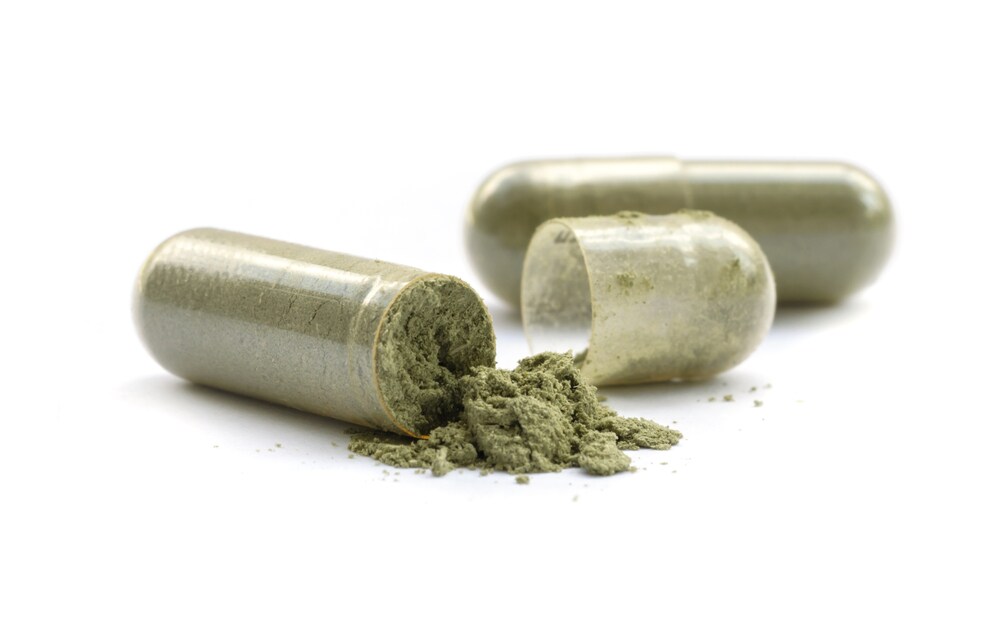 Nutritional supplements are increasingly more available thanks to globalized online shopping, and that makes it increasingly difficult for government agencies to regulate the labeling and determine which products are safe for consumers. Moreover, several studies have found that, anorectic drugs, stimulants, and phosphodiesterase 5 inhibitors (PDE5I) are often illegally added to health supplements. Not only is this a health concern, these drugs are on the list of prohibited substances from the World Anti-Doping Agency (WADA) and can be detected during drug testing.
Nutritional supplements are increasingly more available thanks to globalized online shopping, and that makes it increasingly difficult for government agencies to regulate the labeling and determine which products are safe for consumers. Moreover, several studies have found that, anorectic drugs, stimulants, and phosphodiesterase 5 inhibitors (PDE5I) are often illegally added to health supplements. Not only is this a health concern, these drugs are on the list of prohibited substances from the World Anti-Doping Agency (WADA) and can be detected during drug testing.
In their recent publication, Strano-Rossia, S., et al. (2014) provide a workflow using liquid chromatography/high resolution mass spectrometry (LC-HRMS) to screen nutritional food supplements for stimulants (phentermine, phendimetrazine, phenmetrazine, fenfluramine, benfluorex, mephentermine, fen-canfamine, sibutramine) and PDE5I (sildenafil, vardenafil and tadalafil).1
The team purchased 36 supplements as a powder, oily capsules and tablets from fitness leisure centers or in online stores. As declared on the labels, some supplements contained proteins, vitamins, fruit, caffeine in six supplements (labeled as guaranà in four of them) and ephedrines (labeled as ephedrine or ma huang, in four of them), or, in the case of a product called “Kamagra”, sildenafil.
The LC-HRMS system from Thermo Scientific composed of a Thermo Scientific Ultimate3000 system equipped with an Acclaim RSLC 120 C18 (2.1 mm × 100 mm, 2.2 [1]m particle size) analytical column, coupled to a single-stage Orbitrap (Exactive) MS system.
The authors looked for potential interferences in ten nutritional supplement samples that were free of stimulants. They chose a variety of nutritional supplements: energy bars, tablets and powders (in some cases vanilla and cocoa flavored) and oily solutions. To evaluate the selectivity of their method, the team spiked samples with different types of drugs such as cocaine, new psychoactive drugs, opiates, antidepressants, benzodiazepines, cannabinoids and steroid ephedrines.
The HRMS analysis of purchase stimulants identified ephedrine in four samples at a concentration ranging from 370 ng g−1 to 1,000 ng g−1 of ephedrine and 460 ng g−1 and 540 ng g−1. Interestingly, one of the samples did not list ephedrine as an ingredient, yet it was detected by HRMS. Another supplement advertised that it contained ephedrine, but it was negative for ephedrine, according to HRMS.
The researchers also detected caffeine, (ranging from 225 up to 40500 ng g−1) in eight samples with six of those samples advertising that they contained caffeine. In some cases the caffeine concentration exceeded the upper level of the calibration curve, and the team had to reduce the sample to one milligram of each supplement to quantify the caffeine levels. In four batches of tablets called “Kamagra” they identified sildenafil, and measured a mean concentration of 200 mg g−1, corresponding to the large amount of nearly 100 mg per tablet.
This work from Strano-Rossia et al. has shown just how important it is to be aware of the ingredients in dietary supplements. Moreover, consumers should also be advised that these supplements have the potential to contain undeclared ingredients and should use them judiciously.
Visit the Thermo Scientific Food and Beverage Community pages for further discussion on food safety and quality monitoring.
References
1. Strano-Rossia, S., et al. (2014) “Liquid chromatography–high resolution mass spectrometry(LC–HRMS) determination of stimulants, anorectic drugs andphosphodiesterase 5 inhibitors (PDE5I) in food supplements.”, Journal of Pharmaceutical and Biomedical Analysis. 2014 Jun 14. pii: S0731-7085(14)00299-4. doi: 10.1016/j.jpba.2014.06.011. [Epub ahead of print]


Leave a Reply